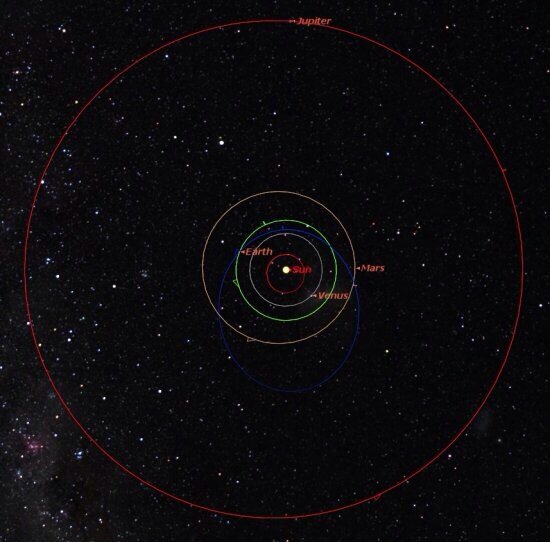MaverickSawyer
Acolyte of the Probe
:blink:
Wait, whaaaaa?!?!?
OK, could it have been put through a couple of gravitational slingshots to redirect it to a retrograde orbit over the millions of years it's been kicking around? Statistically, that's a highly unlikely event, but there's enough rocks out there that it could have happened (and seems to have done so here)...
Wait, whaaaaa?!?!?
OK, could it have been put through a couple of gravitational slingshots to redirect it to a retrograde orbit over the millions of years it's been kicking around? Statistically, that's a highly unlikely event, but there's enough rocks out there that it could have happened (and seems to have done so here)...



